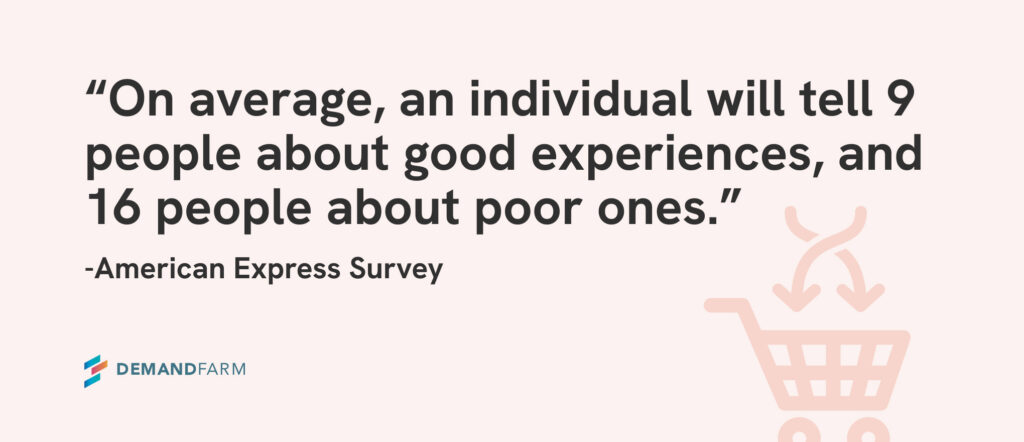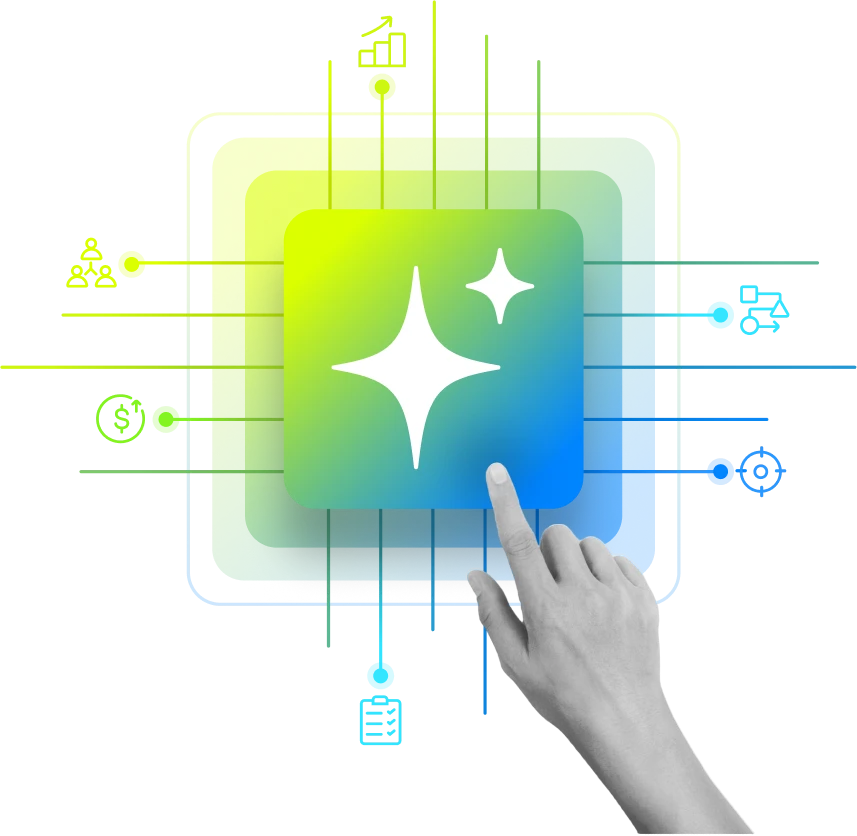Customer retention is directly proportional to customer loyalty, reflecting how satisfied your customers are with your products and services enough to return for more. This goodwill is a crucial metric, particularly during a business’s growth phase. Understanding your customer retention and churn rates is essential, as these metrics help pinpoint loyal customers and those at risk of departing, allowing you to devise effective strategies to retain them.
What’s the difference between churn rate and retention rate?
Simply put, churn rate is the percentage of customers leaving your organization while retention rate is the ones that stay with you. You can influence retention positively by aligning on controllable factors like quality of product or services or by enhancing customer support. However there are some uncontrollable factors like customer’s budget, changes in processes or objectives or other factors that you won’t be able to influence directly. It’s always good for an organization to aim for a higher retention rate and lower churn rate.
What is the customer churn rate?
Churn rate can refer to everything from boycotting a brand to opting out of their subscription services to frequent product returns or poor ratings. A higher churn rate can lead to you spending more money on acquiring new customers which is not sustainable in the long run. If your business is in its earlier stages, a churn rate of 3-7% is agreeable. But you however need to try to bring down this number as well as you go further years in your business. Calculating corn rate is necessary for a business to see how well it is performing.
How to measure customer churn rate?
Churn rate is measured by taking into account the number of customers you lost over a specific period to the customers you had at the start of the period. One thing to note is that it does not take into account the additional new customers you acquired during the same period.
No. of customers at the start of the period – No. customers by the
end of the period
———————————————————————————————X 100 = Annual Churn Rate
The number of customers at the start of the year
For instance in the FY 2022-2023 you started off with 1000 customers and by the end of the year you lost 300 customers, your churn rate is 30%.
What is customer retention rate?
Retention rate signifies the amount of customers who have signed up for your products or services and continue to use them after the first cycle as well. A higher retention rate has a better ability to predict your future. You will have a fair idea on how much money is going to come in so you can make your financial plans better for investments and expansions.
How to calculate retention rate?
Retention rate = (Customers at the end of a period – Total new customers during that period) / Customers at the start of the period x 100
Retention rate helps you build better insights into specifications of your business. For instance, it will help you answer:
- What’s the most liked feature of your product that’s bringing your customers back?
- What sales or support actions contribute to higher retention or churn?
- What is the behavioral pattern of customers who stay vs the customers who leave?
What is a good retention rate?
One way to get an idea is by considering industry standards. For example, the monthly churn rate for SaaS companies is 3-8%, implying that the average retention rate should fall within the 92-97% range. Furthermore, we understand that the average annual churn is 32-50%, indicating that the average customer retention rate should be between 50-68%.
However, it’s important not to solely compare your retention rate against the industry average.
Why monitor customer retention rate and churn rate?
Monitoring churn and retention rates is crucial for analyzing your business trajectory. A high churn rate usually indicates a need for product improvement. Understanding customer preferences and behaviors towards your product, and then examining churn or retention figures, can help identify specific areas for improvement. A high churn rate often signals potential business decline.

Customer churn can be due to various factors like pricing, product or service quality, or a mismatch with customer needs. It’s important to remember that customers evolve over time and it’s crucial for you to adapt to their changing needs. Poor customer service can also contribute to churn. Key account managers must foster strong relations with their clients, especially high-value ones, to ensure retention.
Some ways to bring down churn rate:
- Implement processes and workflows: Consistency in customer interactions and service delivery can significantly enhance satisfaction and reduce churn. Establishing clear processes helps ensure that all customers receive the same level of service and support.
- Enhance communication: Personalized communication is key to understanding and meeting customer needs. Large organizations might benefit from segmented surveys to gather detailed feedback and adjust services or products accordingly.
- Adapt to customer evolution: As customer preferences and needs change, so should your offerings. Staying relevant and responsive to market changes is crucial for maintaining customer interest and loyalty.
- Proactive engagement: Identifying potential issues before they escalate can greatly improve customer relationships and reduce the likelihood of churn. Keeping a close eye on customer feedback and behavior can help preempt problems and demonstrate your commitment to customer satisfaction.
How can a KAM tool help?
A KAM tool can help you manage and enhance client relationships especially with the top revenue contributors. Here’s why you need a KAM tool to bring down your churn rate:
- Provides centralized data management – When you use a KAM tool, you’re essentially having the records of all your client information at one place. From account history to contact details and transaction records, you have everything at one place for easy access across teams for all stakeholders. With easy access to data you can serve and understand your customers better.
- Improved communication – With a KAM tool, you can record customer information, feedback, and preferences all at one place which is shown real time to in different channels and for all team members. This brings down the chances of misunderstandings as everyone is at the same pace in understanding the customer.
- Strategic account planning – Set objectives, define strategies, and allocate resources to each key account based on its needs and requirements. You can also track the health of each account by measuring the effectiveness of various strategies. Identify trends over time and see what’s working and what part of the planning needs tweaking.
- One platform: A single platform to access essential metrics like org charts, SWOT analysis, account health score, account plans etc.
Now that you know what a churn rate can lead to, find solutions to bring it down. To effectively manage and reduce churn, start by evaluating whether your current churn rate aligns with industry norms. This initial assessment will provide a clear benchmark for improvement.
Next, implement an efficient tool that enhances your understanding of customer preferences and behavior. For sustainable business growth, earning the continuous trust and approval of your customers is essential. Develop stronger relationships through a strategic and targeted approach. This might involve personalizing interactions, offering tailored solutions, or enhancing customer engagement strategies.
Finally, adopt a proactive stance in customer service and in responding to feedback. Addressing concerns promptly and effectively not only resolves individual issues but also demonstrates your commitment to customer satisfaction, further solidifying customer loyalty and reducing churn.

